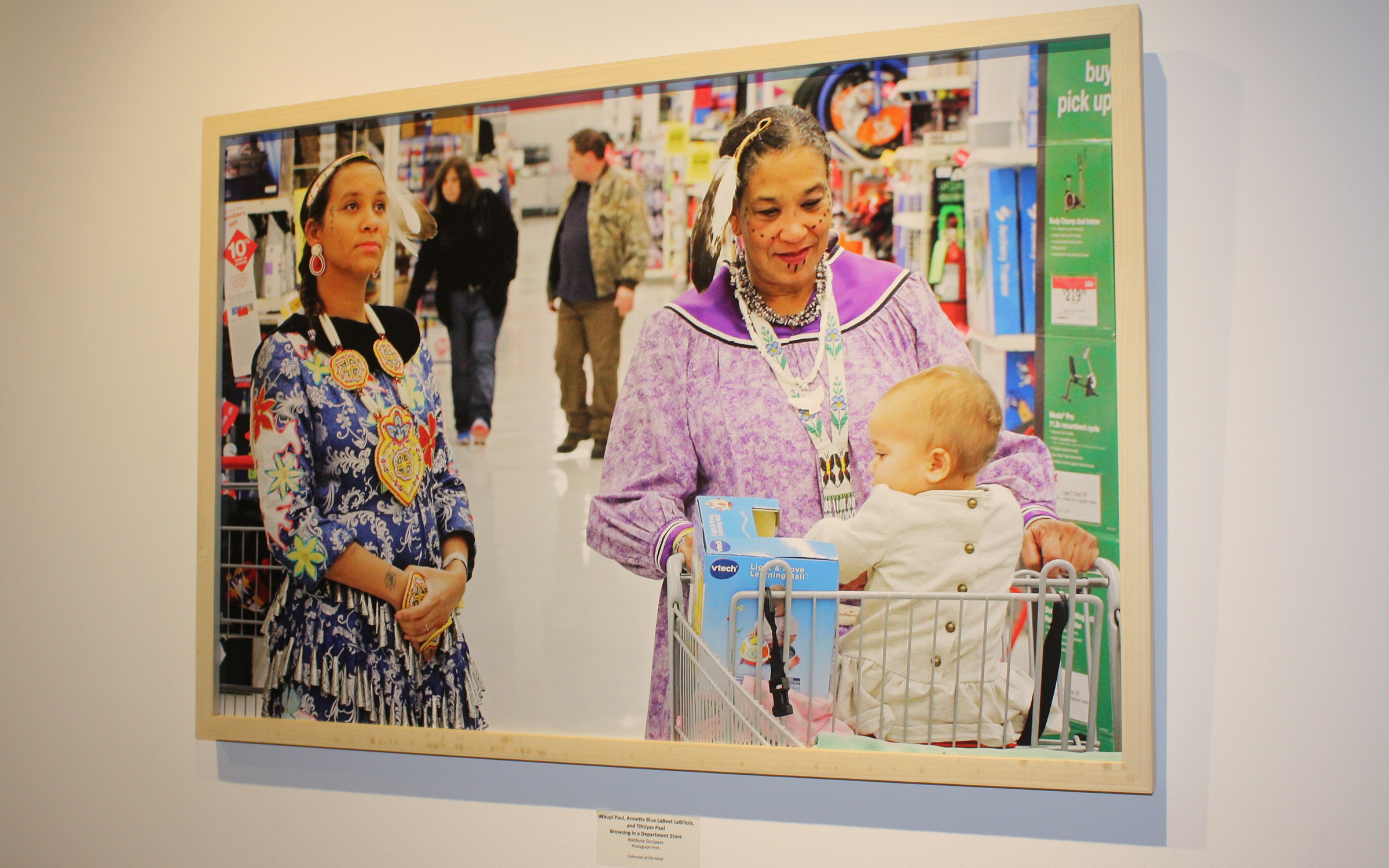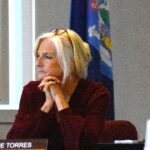
PRESQUE ISLE, Maine — Reed Fine Art Gallery at the University of Maine at Presque kicked off an exhibition on Friday that celebrates the diverse creations of artists from the region’s Micmac community.
“People of the Dawn: A Celebration of Mi’kmaq Art” features nearly 30 pieces of artwork that range from paintings and drawings to basket weaving and fiber art to photography that will be on display from now until Dec. 20. The works come from artists who are members of the Aroostook Band of Micmacs and from collections at the University of Maine’s Hudson Museum.
Sandra McDonald of Caribou displayed her charcoal drawing “Red Cloud Tribute,” a depiction of former Oglala Lakota Chief Red Cloud, that she finished in 1984 and has kept in her personal collection ever since.
The First Friday Downtown Art Walk on Nov. 1 marked the first time that community members such as McDonald viewed the “People of the Dawn” exhibit. She hopes that the exhibit encourages more people to seek out Native American art and learn more about the culture.
“I’ve been drawing since I was young. It’s something I picked up and just kept doing,” McDonald said, on her origins as an artist.
Much of the artwork in “People of the Dawn” shows the close family ties and friendships in the Micmac community. Sisters Donna and Roldena Sanipass have showcased their basket weavings and photography, respectively, while their mother Mary Sanipass has many baskets on display.
Roldena Sanipass is a 2016 graduate of the University of Maine at Presque Isle’s fine arts program. She chose to feature many photographs from her senior thesis exhibition, in which her family members and friends take part in everyday activities while dressed in Native American regalia.
In one such photograph Roldena Sanipass’s niece, Zigwan Paul, has fun in a children’s play area at McDonald’s while in another her son, Peter Jullian, plays basketball with a friend. An especially poignant photograph captures Mary Sanipass at a doctor’s appointment while wearing her traditional Native dress.
“When people see us in public, they never see us with our regalia,” Roldena Sanipass explained. “I wanted people to see us from the outside in and show that we are normal people who shop and play, but who still have our traditions.”







